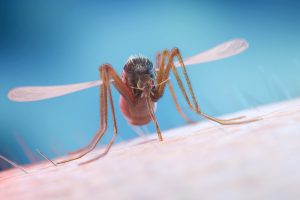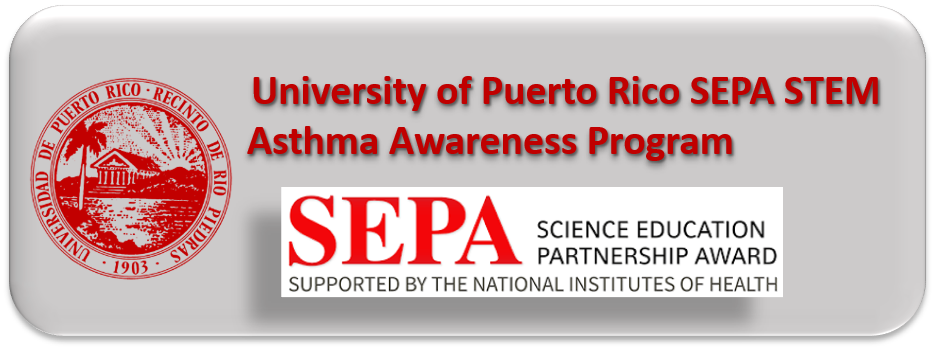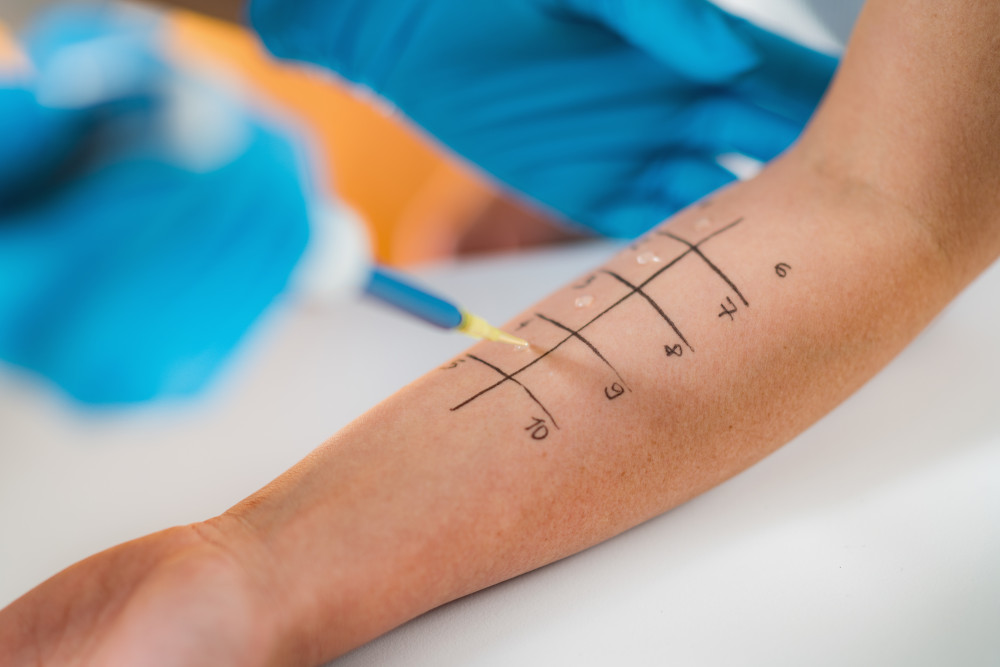
What are the most common allergies
What are the most common allergies?
 Many different substances trigger allergic symptoms. Common allergens include:
Many different substances trigger allergic symptoms. Common allergens include:
Food Allergies
Eight foods account for 90 percent of all reactions in the United States. These nine foods are known as the “top 9” food allergies:
- cow’s milk
- hen’s eggs
- peanuts
- tree nuts
- wheat
- soy
- fish
- shellfish
- sesame
Pollen Allergy
Pollen allergy is an allergy to pollen, tiny particles released by trees, grasses and weeds. Pollen grains float through the air in spring, summer and fall – or year-round in areas with mild winters. Symptoms of pollen allergies may be:
- sneezing spells
- watery or itchy eyes
- congestion
- itchy throat
Pollen allergies may occur throughout the year. Tree pollens are common in late winter and early spring, followed by grasses in late spring and summer. Then towards the end of the summer allergies from the pollen released by weeds such as ragweed are more common.
There are ways to limit exposure to pollen allergens and minimize symptoms. However, pollen allergies may require medications to control symptoms, so treatment options should be discussed with a board-certified allergist.
Mold Allergy
Molds are microscopic organisms called fungi, found virtually everywhere, indoors and out. Molds reproduce through spores spread by water, insects or air, so tiny and lightweight they can float through the air like pollen. These spores can be inhaled and cause allergic symptoms.
These symptoms include:
- Nasal and sinus congestion
- Sore Throat
- Sneezing
- Watery or burning eyes
- Dry cough
- Shortness of breath
- Irritation of the nose, throat, or skin
Mold spores are especially dangerous for people with asthma and may trigger asthma attacks, but the exact reason is not known
Testing for mold allergy is done by a board-certified allergist and may include both skin prick and blood tests.
Treatment for mold allergies includes:
- Nasal corticosteroids
- Antihistamine
- Decongestants
- Montelukast (Singulair)
Mold hides both indoors and outdoors, so limiting exposure is key.
Information from: Allergy & Asthma Network website, https://allergyasthmanetwork.org/allergies/
You may also like
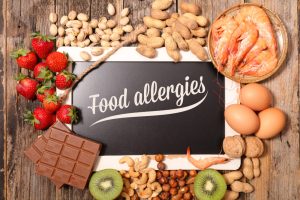
Top 9 Food Allergens
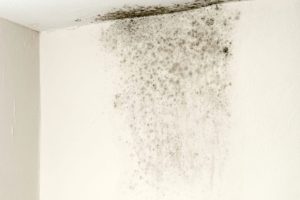
Mold and Allergies
